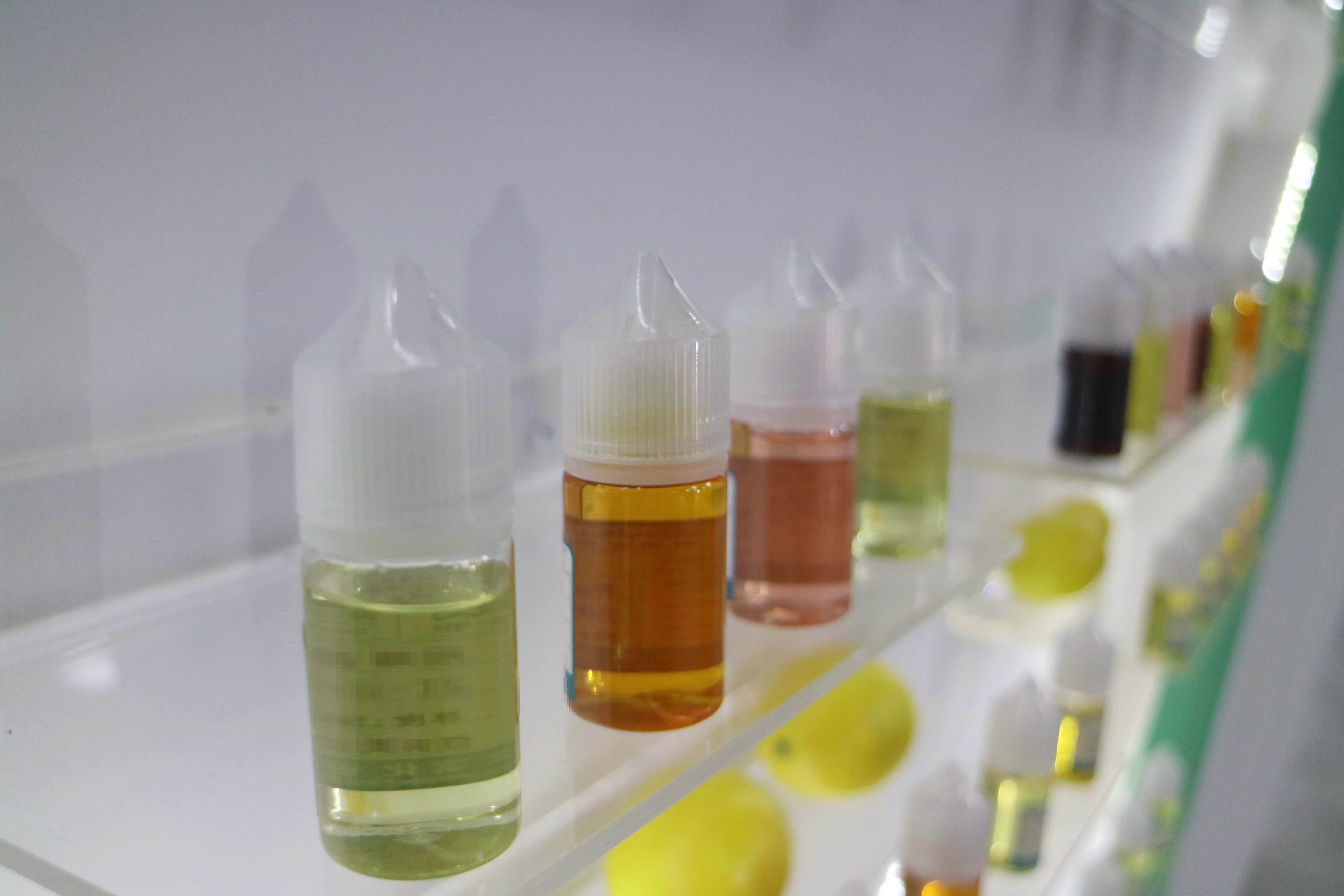
What is a heat-not-burn tobacco stick?
What is heat-not-burn?
Heat-not-burn, as the name suggests, is a "low-temperature cigarette" designed with the concept of "heating without burning" instead of the traditional cigarette. It heats the tobacco just enough to release the flavor without setting it on fire. Typically, regular cigarettes produce numerous harmful substances at temperatures ranging from 350 to 600 degrees Celsius when smoked, while low-temperature cigarettes are heated below 300 degrees Celsius and produce fewer harmful substances.
Heat-not-burn, also known as HNB (Heat Not Burning) or low-temperature cigarettes, is a new type of tobacco product that combines a heating device and a tobacco stick. It uses a special heating device (smoking device) to heat a processed tobacco stick to a certain temperature, just enough to release smoke for inhalation.

What is a heat-not-burn tobacco cartridge? What are the ingredients of a heat-not-burn tobacco cartridge?
A heat-not-burn tobacco cartridge is mainly composed of four parts: a solid bundle section, a condensation cooling section (made of polylactic acid film), a hollow bundle section, and a tobacco material section. The tobacco material section refers to the tobacco leaves.
Currently, the mainstream heat-not-burn tobacco cartridges include:
Iqos, launched by Philip Morris in Nagoya, Japan in 2014, which uses Marlboro-branded cartridges;
Heets and Parliament cartridges by Philip Morris;
Glo device and Dunhill cartridges by British American Tobacco;
Lil device and Fiit cartridges by KT&G in South Korea;
Ploom by Japan Tobacco International;
Revo by British American Tobacco;
Kung Fu device and Kuanzhai bullet head cartridges by Sichuan China Tobacco;
"MC" brand by Yunnan Tobacco.
The main component of heat-not-burn tobacco cartridges is reconstituted tobacco. The tobacco material section is mainly composed of reconstituted tobacco sheets (tobacco products). When the tobacco stick is inserted into the heating device, the heating element heats the tobacco to release smoke. During the inhalation process, the heating element of the device heats up to release smoke, which is condensed in the cooling chamber to form an aerosol. After filtration, the aerosol enters the consumer's mouth. When the reconstituted tobacco sheets containing tobacco ingredients are heated, they produce nicotine vapor with a tobacco flavor, providing consumers with a taste closer to traditional cigarettes and producing less smoke.

Differences between heated non-burning tobacco products and traditional cigarettes
Currently, there are two types of heated non-burning tobacco products available on the market: those that contain tobacco and those that do not. Tobacco-containing heated tobacco products are similar to traditional cigarettes in that they use real tobacco, which provides nicotine, tobacco flavor, and throat hit to users. On the other hand, the difference between non-tobacco-containing heated tobacco products and traditional cigarettes is that the former is processed multiple times using technology, allowing the tobacco plug to release smoke-like vapor during the heating process for inhalation. The main difference between heated non-burning tobacco products and traditional cigarettes is that the former uses an external device to heat the product without burning it, with temperatures around 350°C and greatly reduced harmful substances. Traditional cigarettes, on the other hand, are ignited by a lighter, which burns the tobacco at temperatures ranging from 600°C to 800°C and produces more than 4,000 harmful substances during combustion, such as tar, carbon monoxide, and aldehydes.
Traditional cigarettes use tobacco and a lighter to release nicotine through combustion at high temperatures, but this process also generates numerous harmful substances, including tar, carbon monoxide, and aldehydes. In contrast, heated non-burning tobacco products use specially designed tobacco plugs and a heating device to release nicotine through low-temperature baking, with the exhaled vapor consisting mainly of aerosols.

We will contact you as soon as possible









